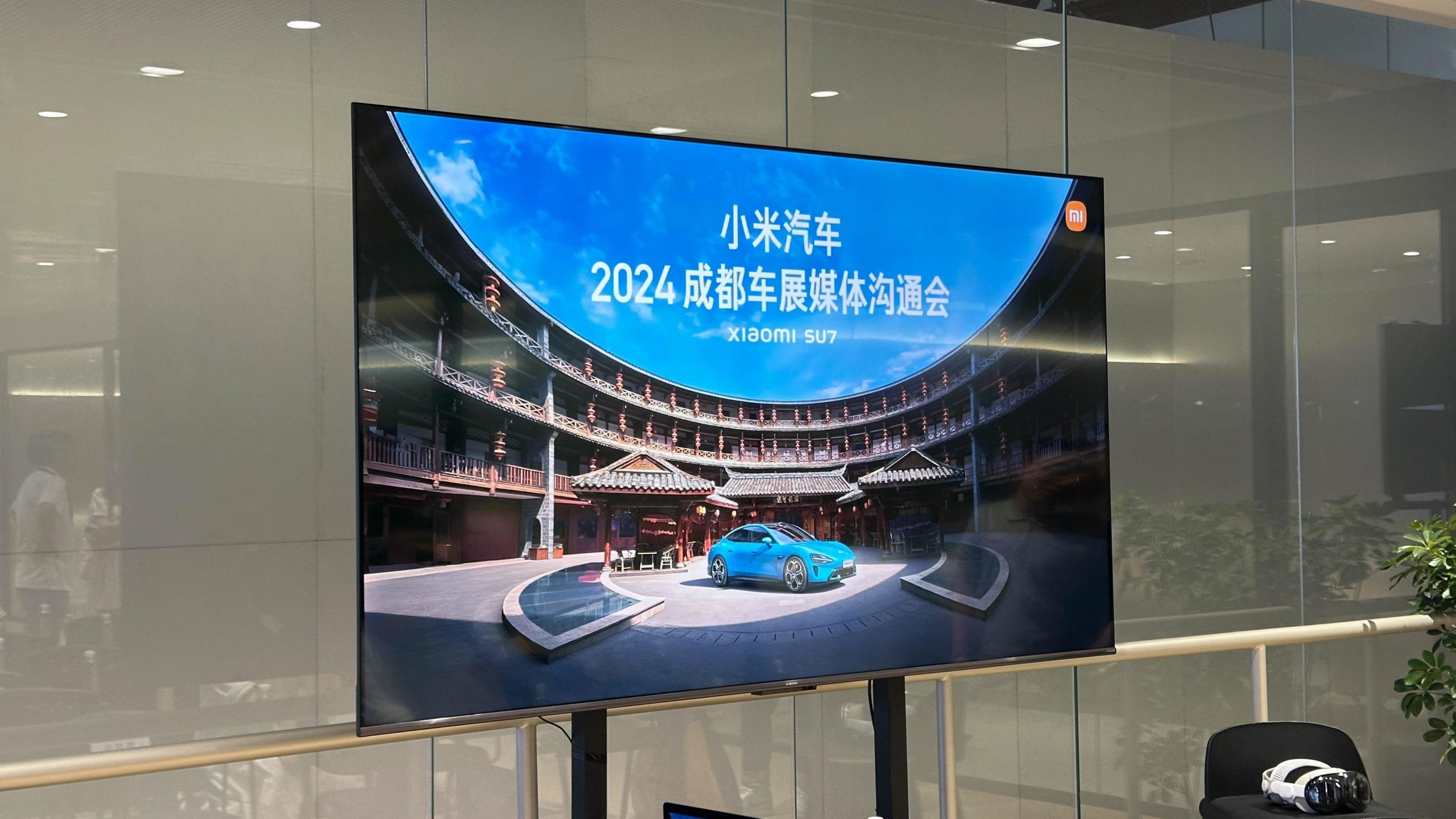At the 2024 Chengdu Auto Show, Xiaomi’s stand kicked off a media communication conference. During this conference, Li Xiaoshuang firstly reviewed the statistics on the Xiaomi SU7, then proceeded to discuss the development of intelligent driving technology and vehicle safety.
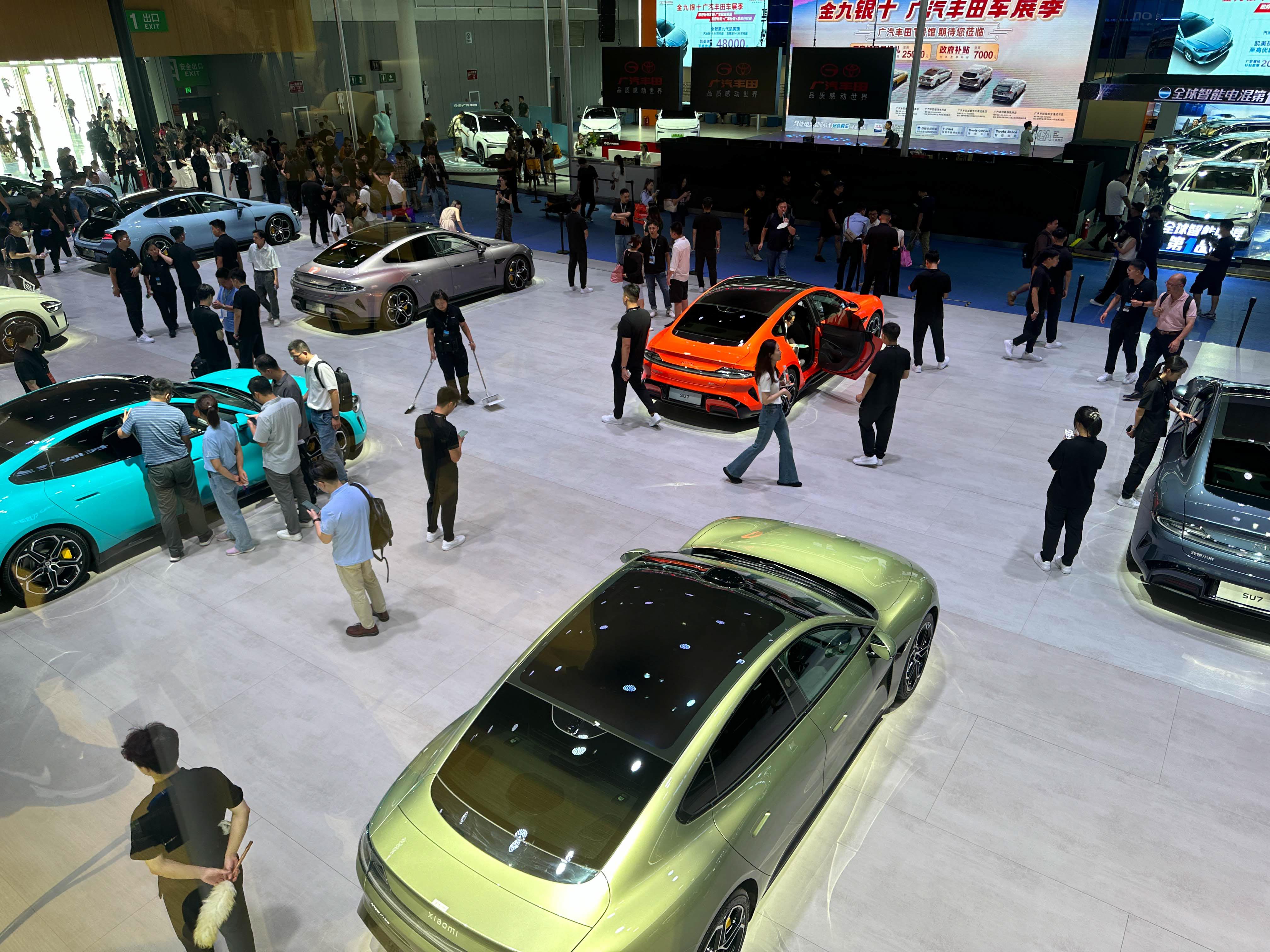

5 Months of Xiaomi SU7
On March 28 of this year, the Xiaomi SU7 was officially launched. The initial stocks reached the mark of 10,000 units in 4 minutes, and in 27 minutes, it surpassed 50,000 units. In the first month alone 88,063 units were ordered. At the same time, projected annual deliveries are 120,000 units.
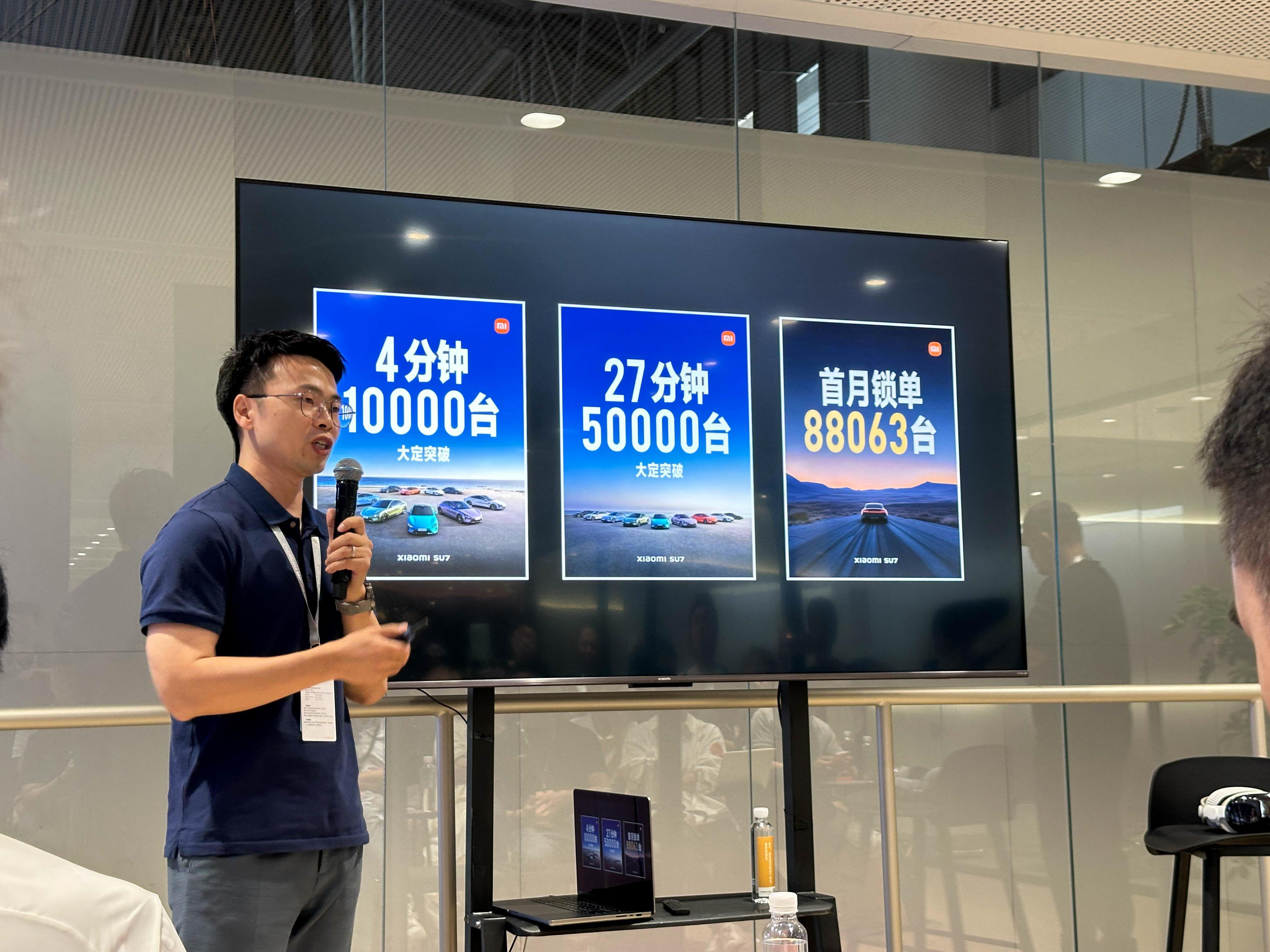
In the past 5 months, Xiaomi SU7 has completed 4 versions of the OTA upgrade, with major feature upgrades every month. These include features like Apple CarPlay, City NOA in 10 cities, restriction times for bus lanes, and so on.
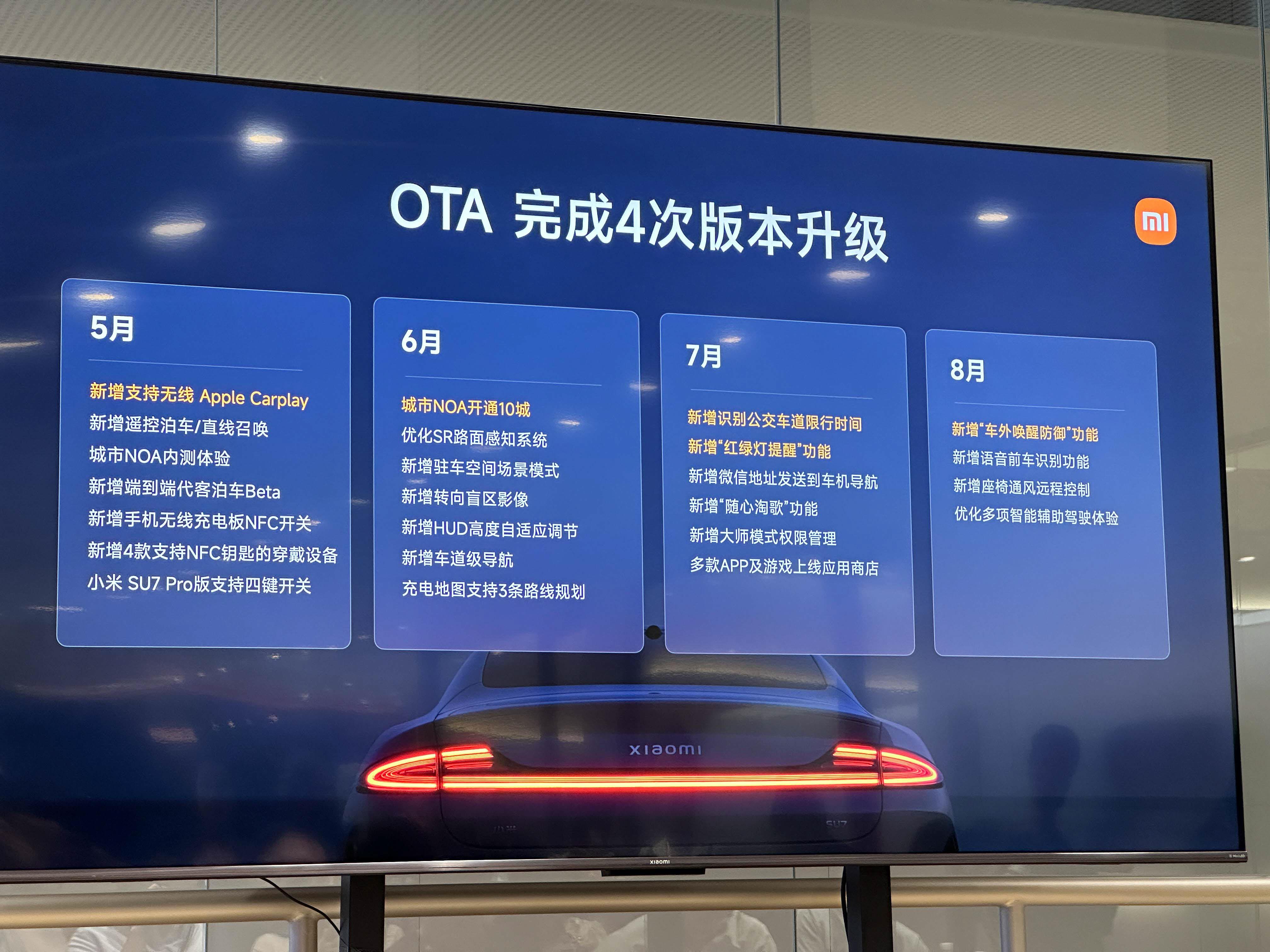
This morning, Xiaomi also officially announced the pioneering test version of City NOA, which is available nationwide.
Xiaomi’s Intelligent Drive (XiaoMi ZhiJia) Development
Regarding the intelligent drive section, it was presented by Xiaomi’s Automated Driving Product Manager, Chen Junyu.
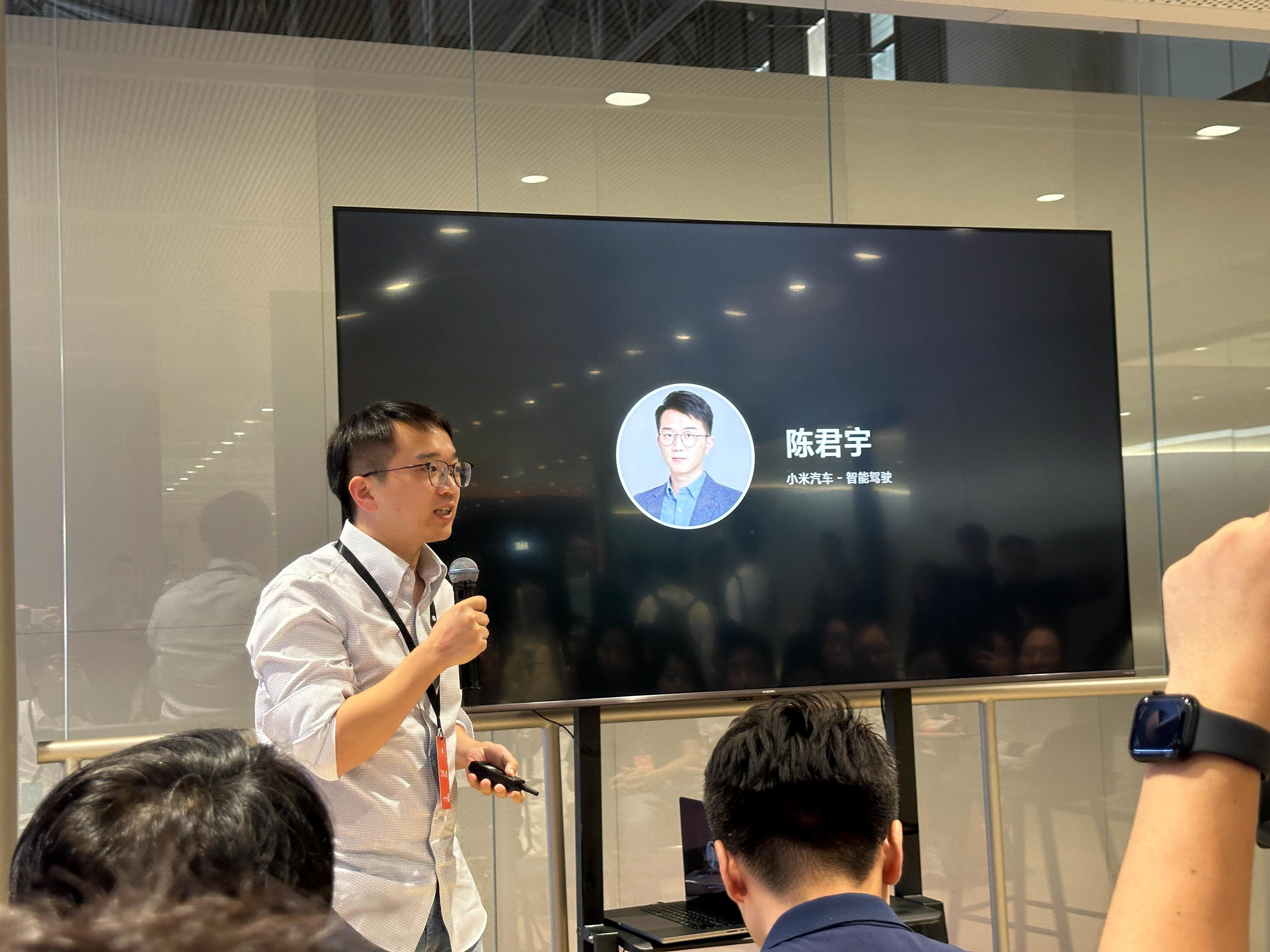
In July 2021, Xiaomi announced full-stack self-developed automated driving. As of August 28, the number of XiaoMi Auto’s intelligent drive users exceeded 43,000, with an activity rate reaching 88%, and total mileage at 29 million kilometers, the longest single-day mileage being 2,021 km.
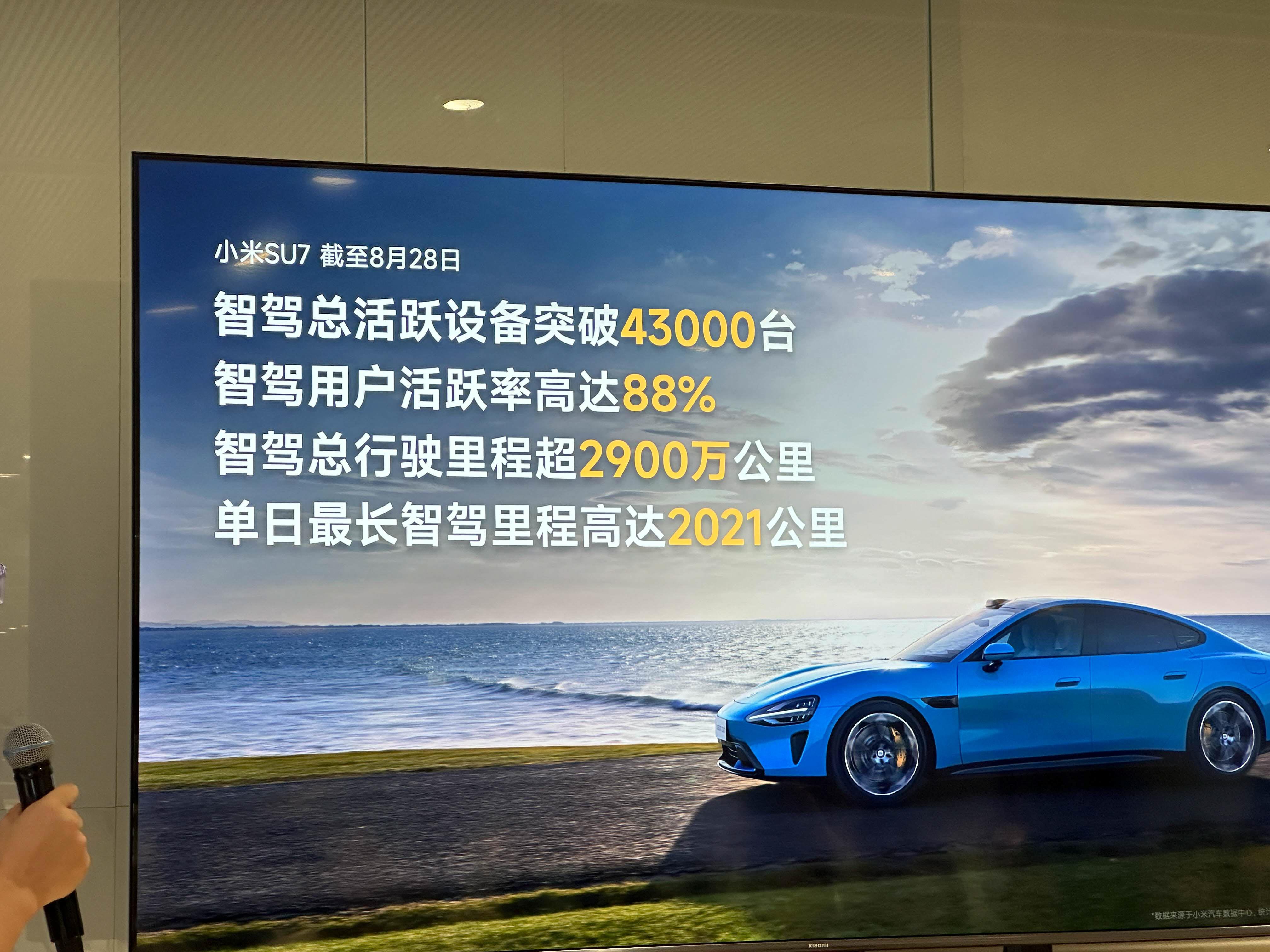
In just 5 months, Xiaomi was able to launch City NOA nationwide, setting a new record for the fastest City NOA rollout, and provided a more enhanced experience with navigational support and optimised small route experience.
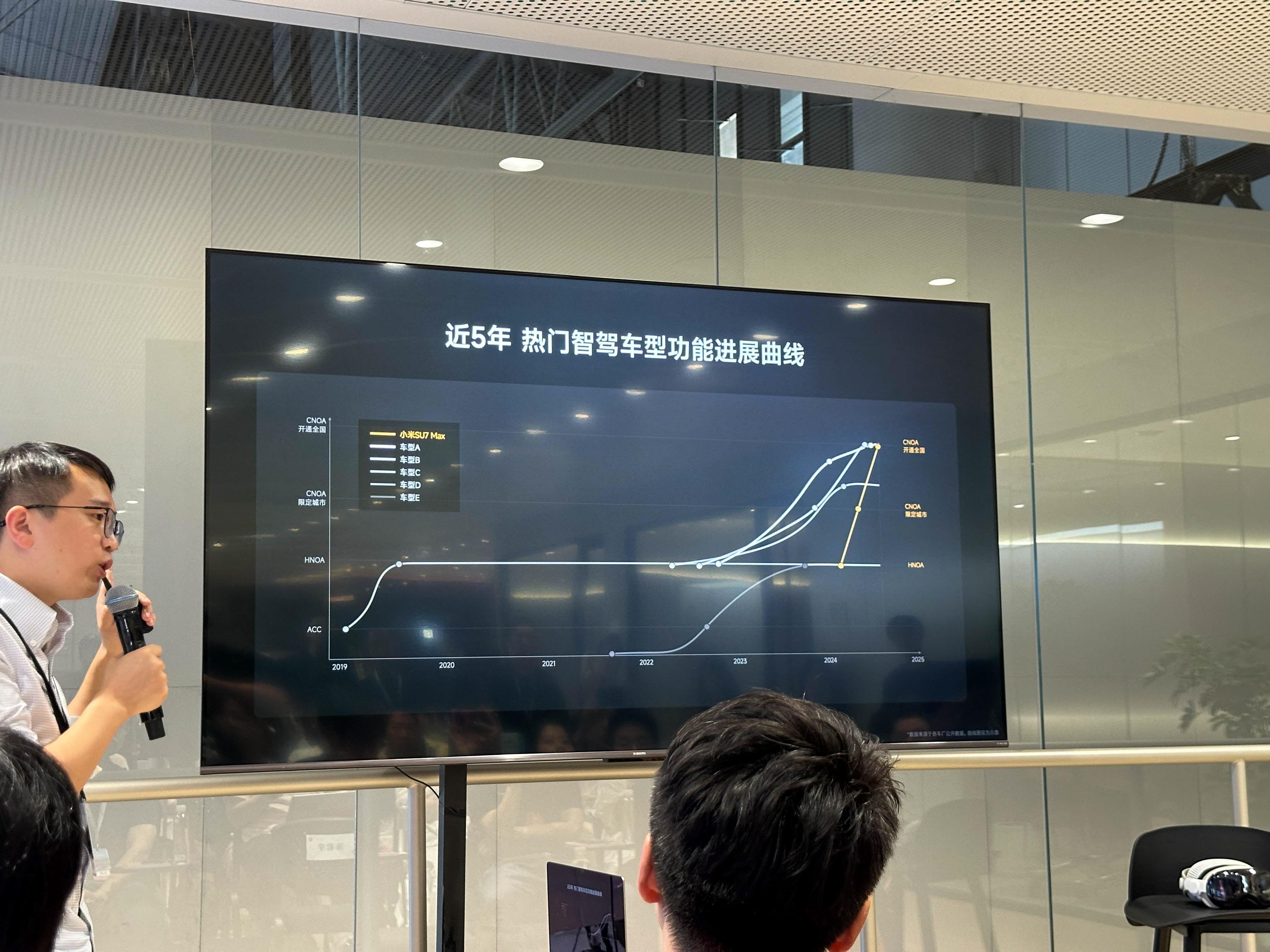
This significant progress is the result of a tenfold investment. Currently, XiaoMi has invested 5.5 billion in intelligent driving, with a team of 1,200 staff engaged in research and development in Beijing, Shanghai, and Wuhan. Concurrently, both high and low-end models are being developed in-house.In terms of parking, users have access to NOA which is operable nationwide, and updates on end-to-end mechanical parking spot capability are also accessible.
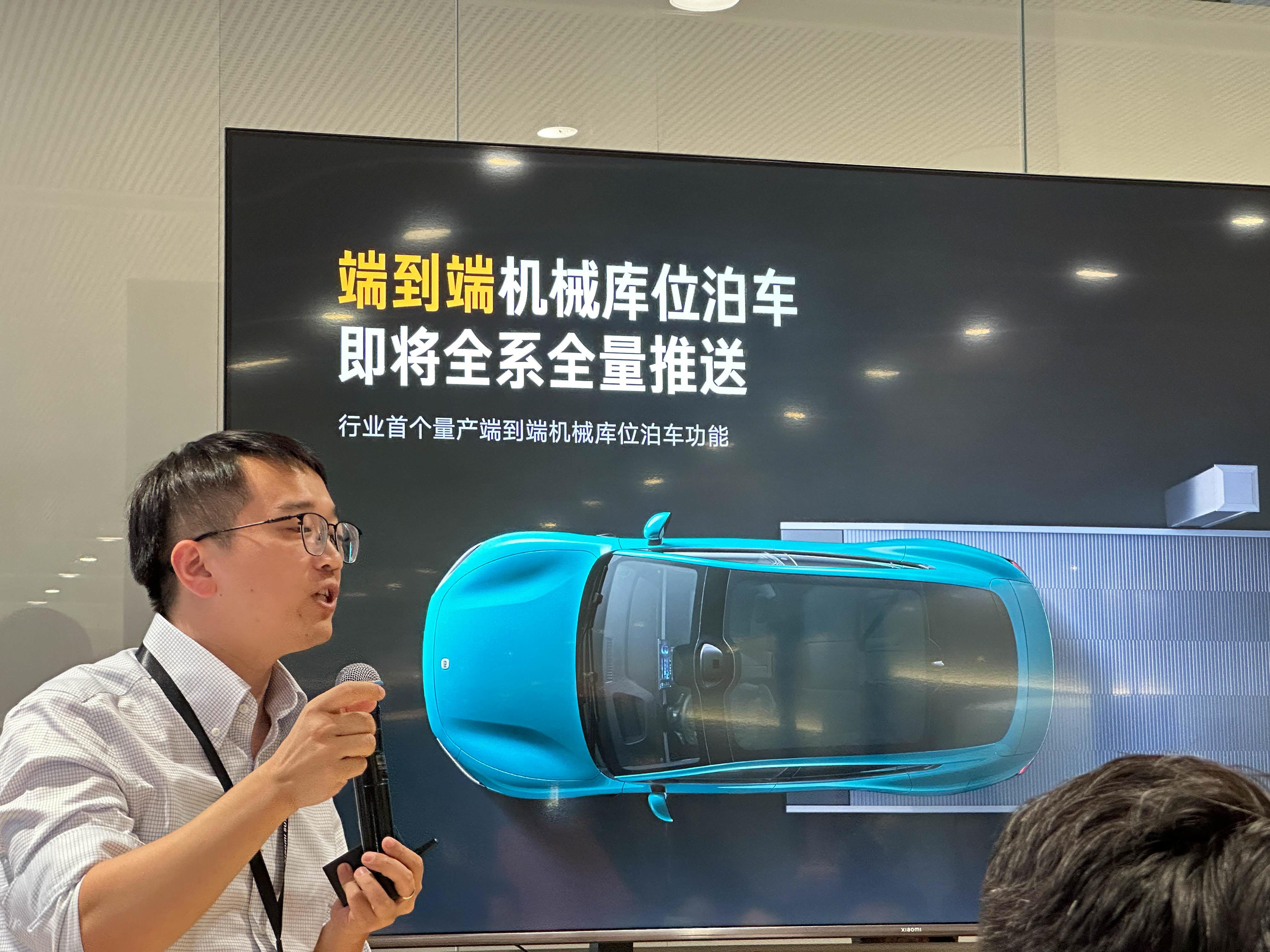
The difficulty of mechanical parking lies in the fact that the width of the XiaoMi SU7 is approximately 1.96 m, but mechanical spaces often range around 2.1-2.2 m, thus demanding high precision from the sensors. However, not only are the higher configurations with lidar supported, but the lower ones without it are supported as well.
Designs That Meet Various Standards
In the area of passive safety, it’s one of the points close to XiaoMi’s heart too. Both CIRI and American IIHS update their standards every three years.
XiaoMi SU7 is poised to be one of the first cars tested under the 2023 version of CIRI’s test standard. This time, the assessment is a tougher one, with upgrades and new additions focussing on the 39 points in the four major indices.
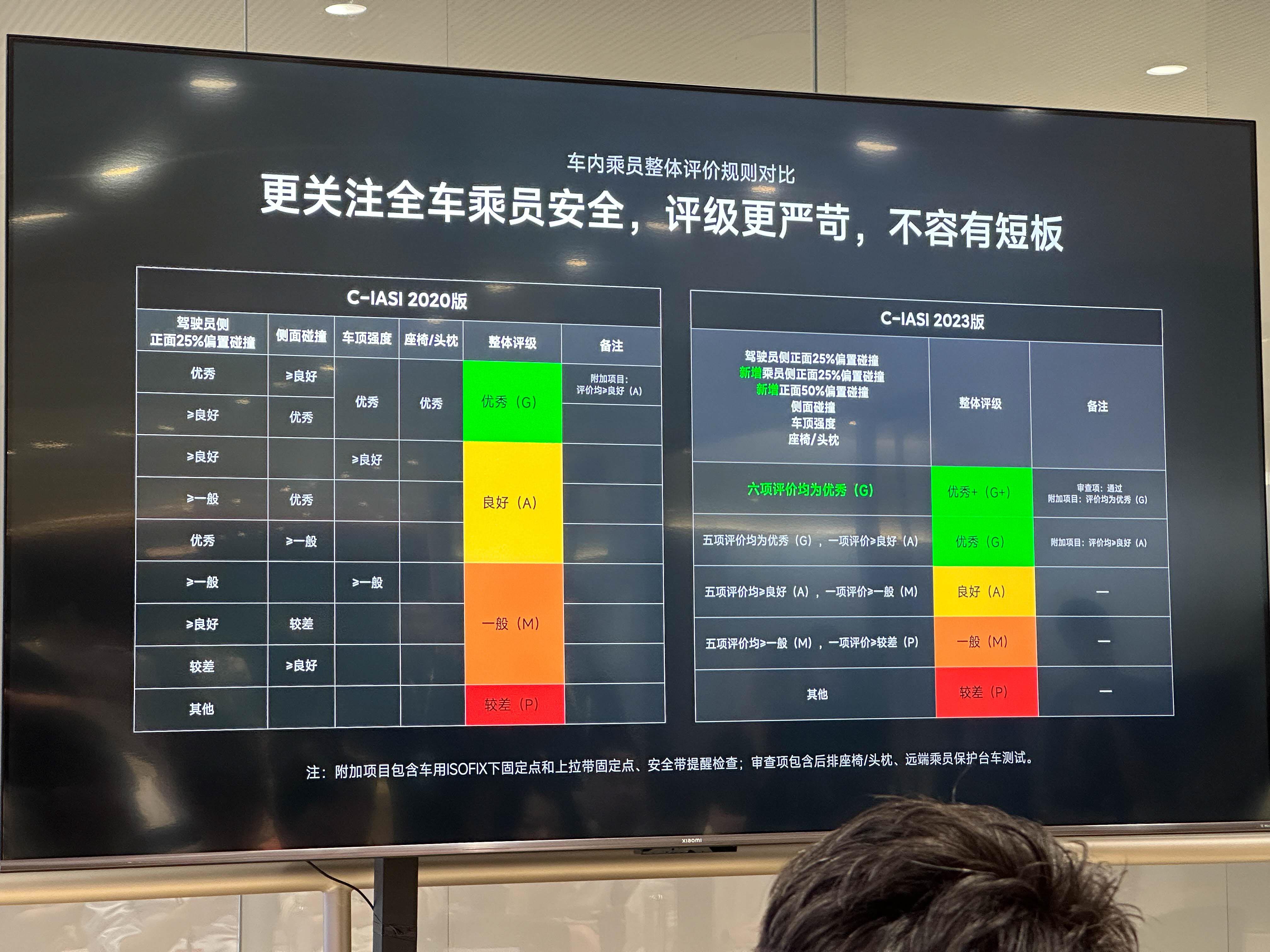
To ensure safety, XiaoMi has put in effort in the 25% offset test, ingeniously using force transmission in all three paths: upper, middle, and lower. Concurrently, the armoured cage-style steel-aluminium mixed body structure, high-strength steel reach 2,000 MPa.
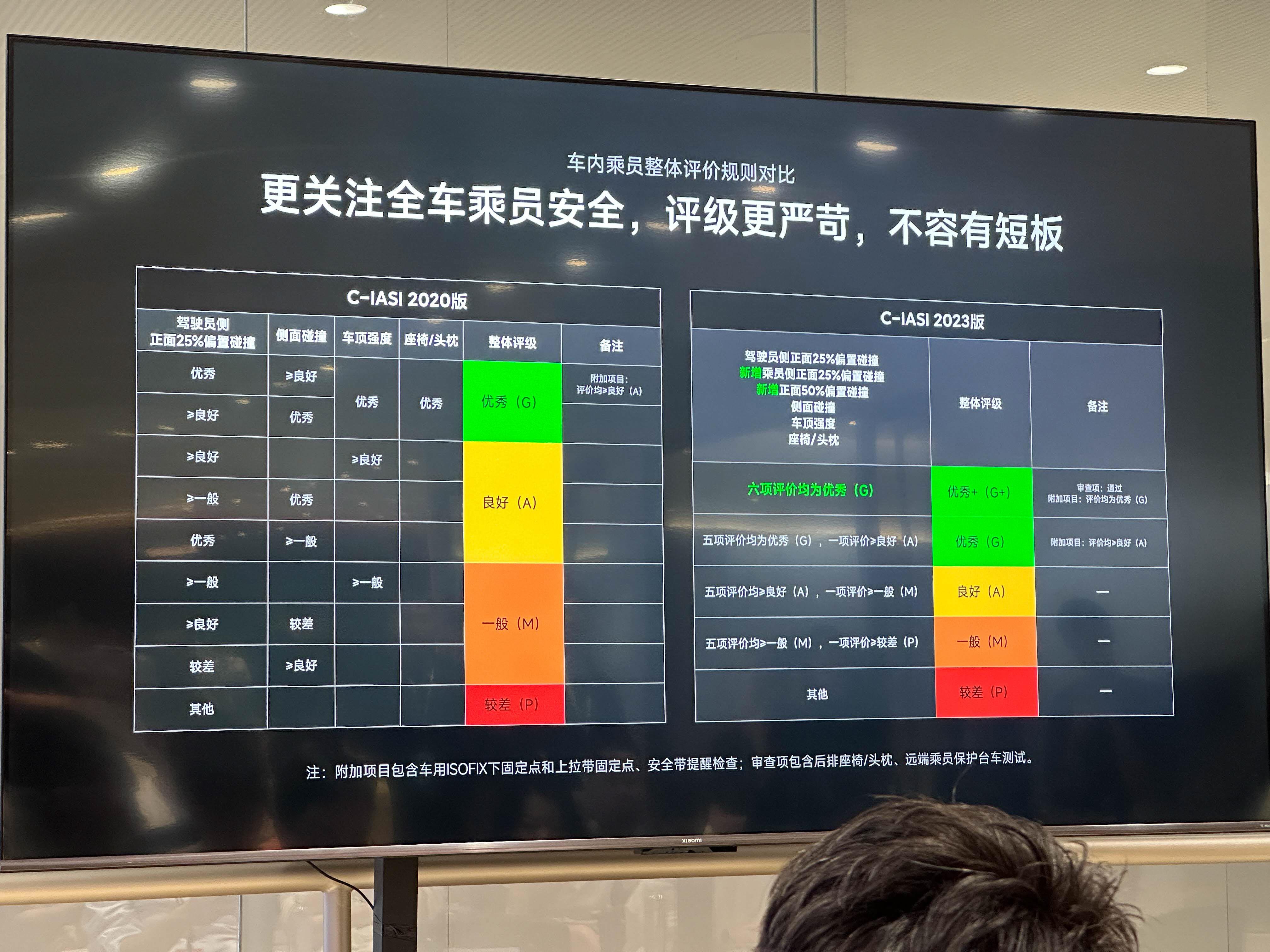
The safety of the co-driver is equally critical too, the deformed structure of the co-driver airbag was designed to prevent the co-driver from sliding into the airbag gap due to inertia in a small offset collision.
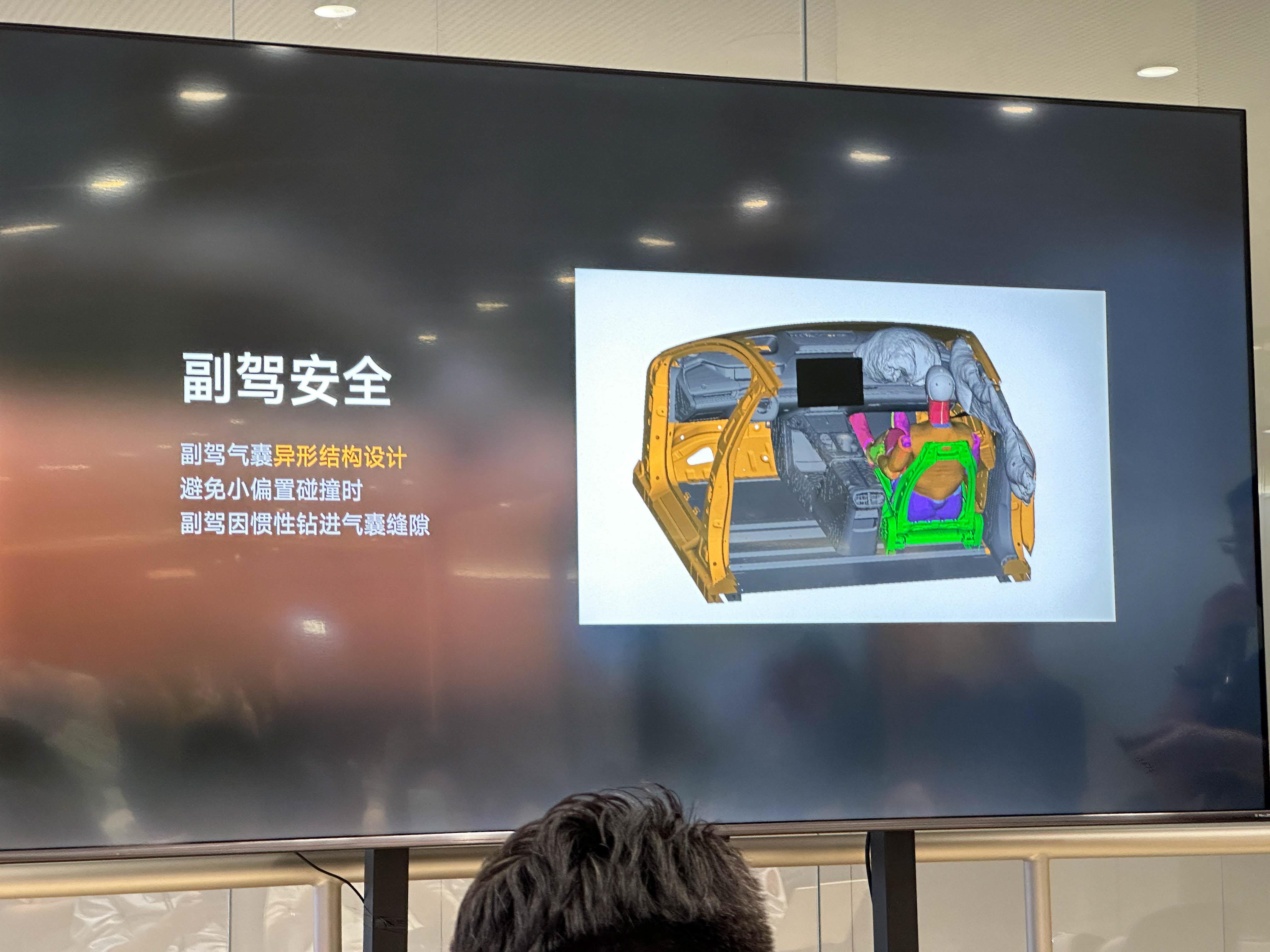
For the rear row, a specific design of side air curtain is used to prevent rear-seat passengers from hitting the door panel or other hard objects due to inertia in small offset collisions.
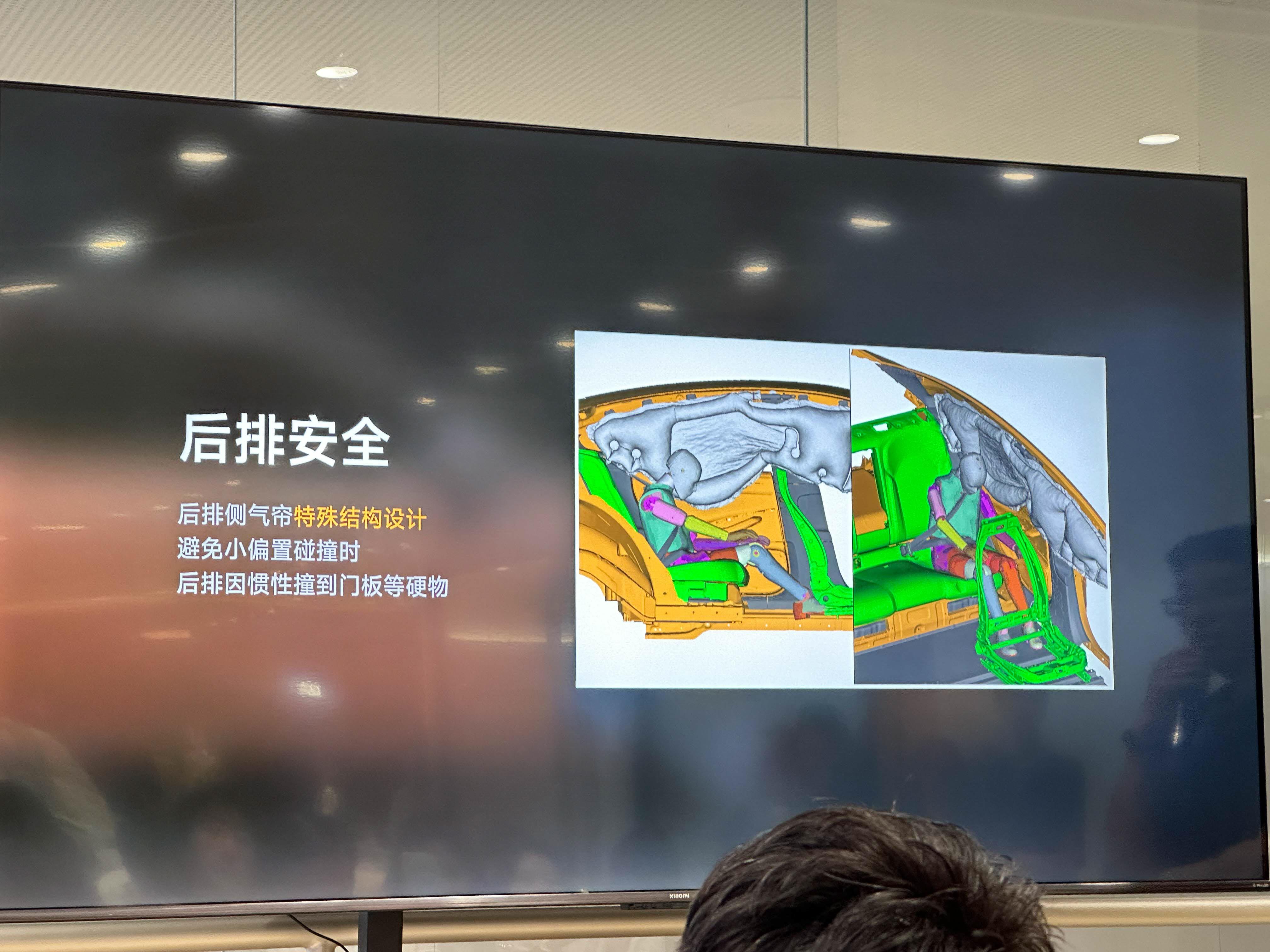
In the side collision test, this time, CIRI’s 23 version was based on the collision barrier of the Chinese market SUV, making the test even more stringent, from compact SUV to medium SUV level.
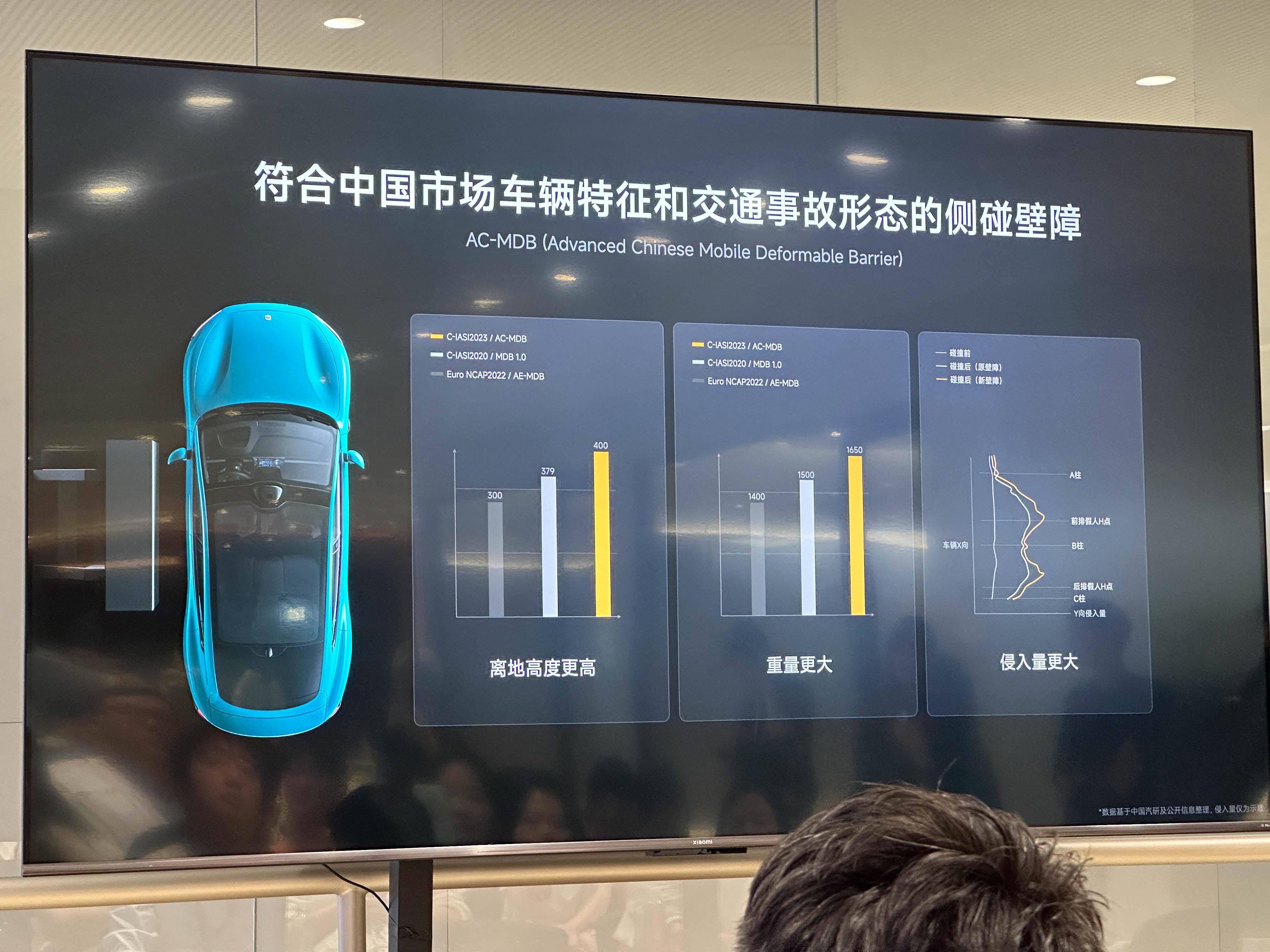
In terms of side collisions, XiaoMi employs designs like super-hot-formed 2,000 MPa steel, rear door anti-off-hook design, and safety airbags on the far side for protection.Finally, there’s also pole impact in extreme scenarios; due to the limited energy absorption space on the side, the early development of XiaoMi SU7 has been made. After a 40-point analysis on each side door, and 80 points on the double doors, it performed well in the pole impact test.
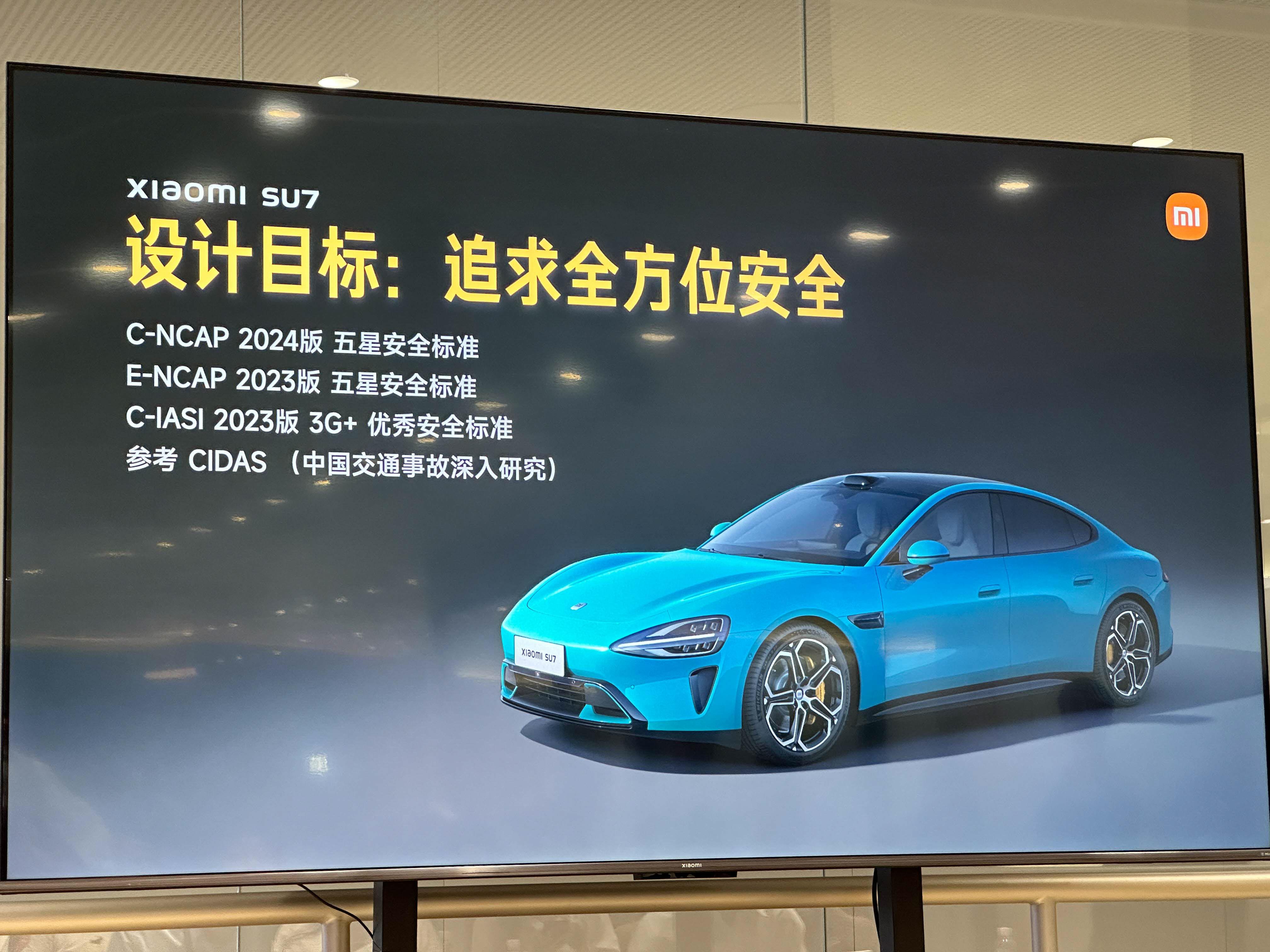
At the same time, the three-section rear floor design and the one-piece die-casting process also gave XiaoMi SU7 a good result in the rear-end collision test. Indeed, XiaoMi SU7 will also meet other safety tests, such as the five-star C-NCAP 2024 version of the safety standard, the five-star E-NCAP 2023 version of the safety standard, the C-IASI 2023 version 3G+ excellent safety standard, and it has also referred to the CIDAS (Chinese In-Depth Accident Study).
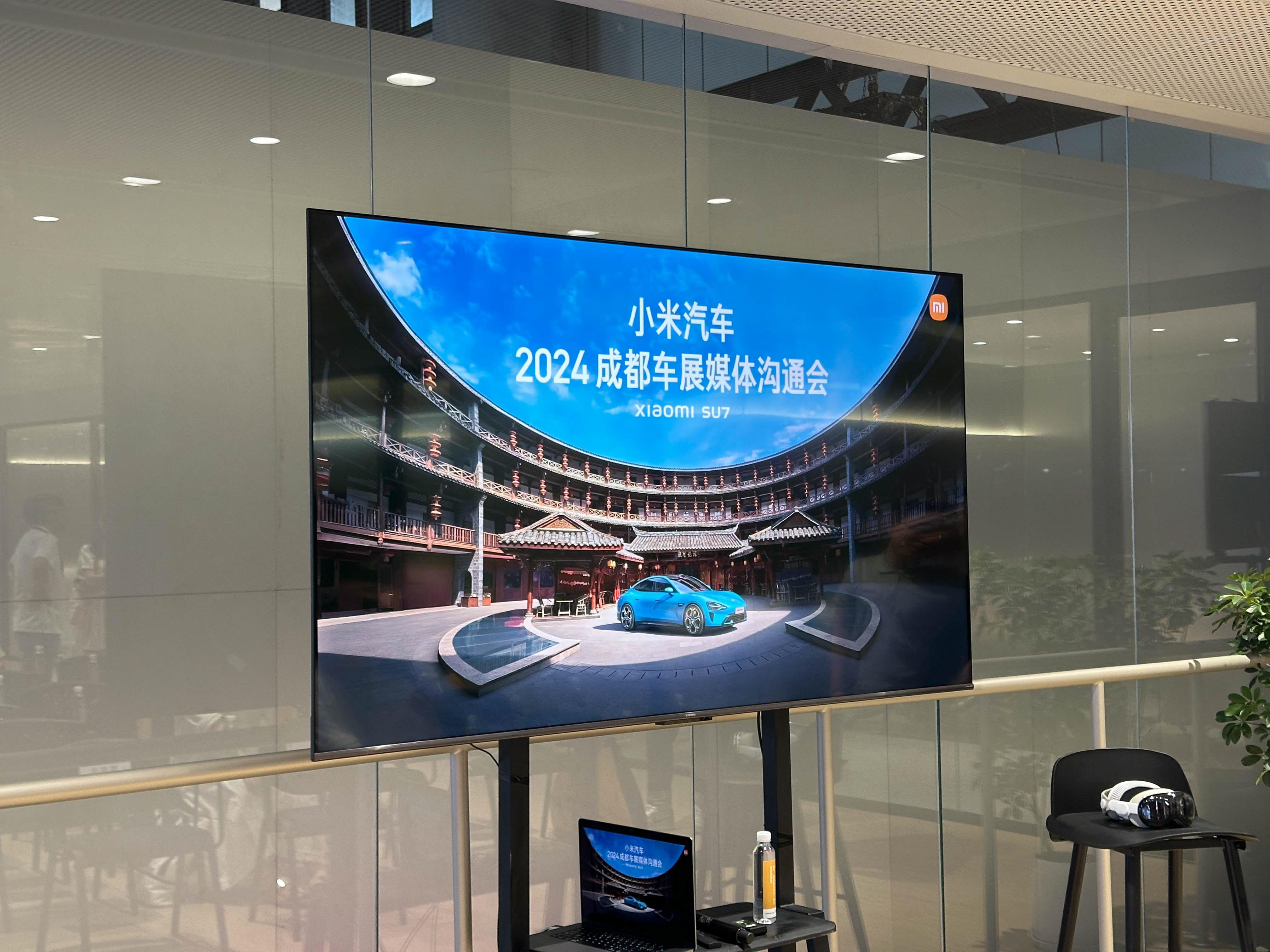
So the results given by XiaoMi SU7 five months after its launch, are not just due to the joy of driving, or the brand influence, it also includes the thoughts and efforts XiaoMi has made in intelligent driving and safety.
This article is a translation by AI of a Chinese report from 42HOW. If you have any questions about it, please email bd@42how.com.
